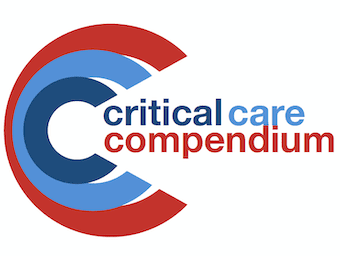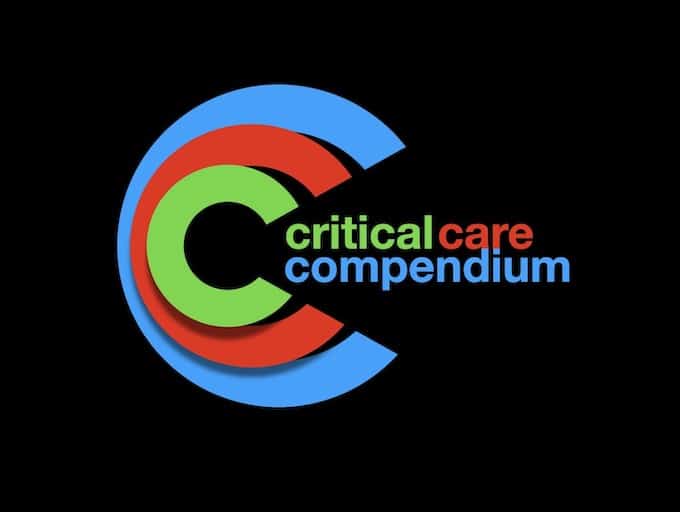
Modes of Ventilation
Modes of Ventilation. Classification based on the following: Initiation; Cycle; Limit; and Pressure Regulated Volume Control

Modes of Ventilation. Classification based on the following: Initiation; Cycle; Limit; and Pressure Regulated Volume Control

Reviewed and revised 19 May 2014 OVERVIEW Prone positioning can be used in mechanically ventilated patients with severe hypoxic respiratory failure to optimise oxygenation Refer to Prone Positioning for Hypoxic Respiratory Failure on INTENSIVE for the Alfred ICU guideline, cognitive…

High airway pressures in the intubated patient can signify the presence of a life-threatening emergency. The underlying cause is either with the 'man or the machine' (patient versus equipment). A structured approach to this problem is essential.

Adaptive support ventilation (ASV) is a positive pressure mode of mechanical ventilation that is closed-loop controlled, and automatically adjusts based on the patient's requirements

Protective lung ventilation is the current standard of care for mechanical ventilation. It is synonymous with low tidal volume ventilation (4-8 mL/kg) and often includes permissive hypercapnia

The open lung approach (OLA) to ventilation involves increasing the level of Positive End Expiratory Pressure (PEEP) in combination with protective lung ventilation

Ventilation, summaries of key papers from the ventilation literature: NIV; ARDS; Tracheostomy; Weaning

Weaning from ventilation = Multi-factorial and list headings of causes -> clinical signs associated with list: Hot Case

Non-invasive ventilation (NIV) is the application of respiratory support via a sealed face-mask, nasal mask, mouthpiece, full face visor or helmet without the need for intubation

Bag-Valve-Mask (BVM) apparatus are also known as manual resuscitators and as self-inflating resuscitation systems